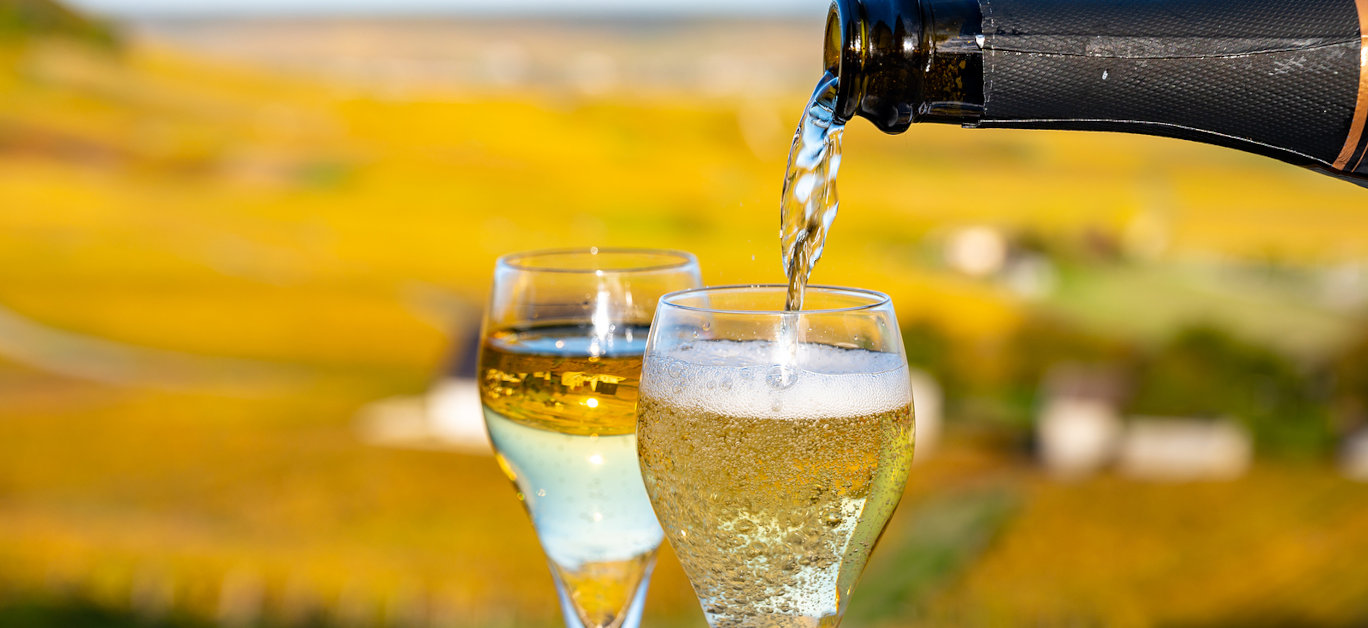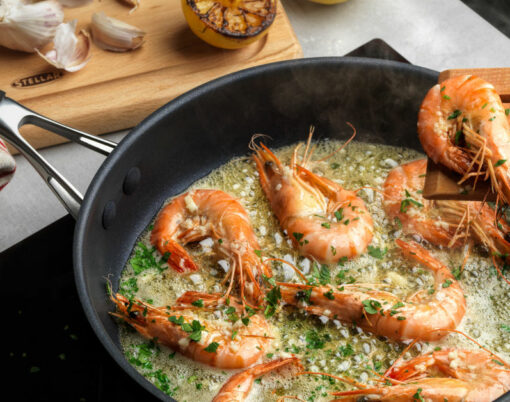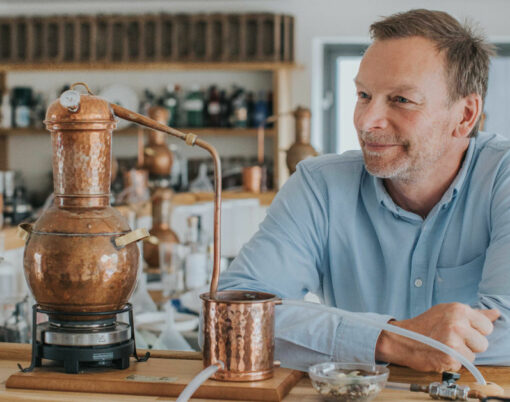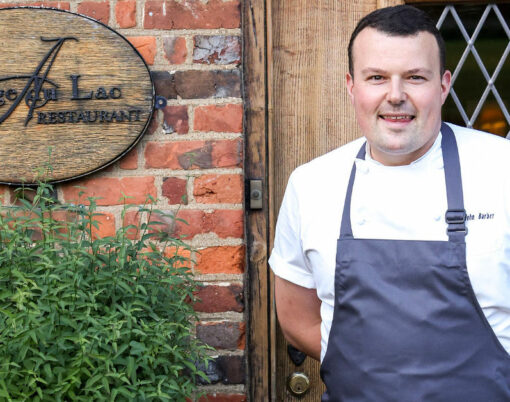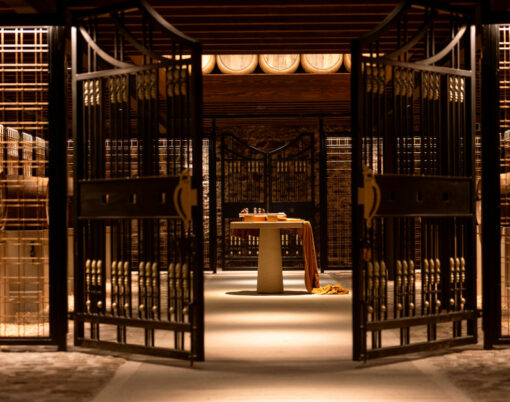The world of fine wine is buoyed by a number of very persuasive myths: Bordeaux lasts forever, Burgundy is worth squillions, there is no such thing as an ‘off vintage’ anymore. But perhaps the most stubborn parable concerns the hegemony of Champagne.
Don’t get me wrong: the finest sparkling wines made in north-eastern France are utterly exquisite concoctions of fruit, acid, and bubbles. Marketed by the most talented publicists in the world, brands like Krug and Dom Perignon are nonetheless worth the hype; all great Champagne offers creaminess with sparkle, lightness with depth, and complexity by the bucketload. Yet to suggest that our Gallic neighbours hold a monopoly on luxury fizz is just plain wrong.
The simple truth is that you can make exceptional sparkling wine anywhere in the world, in any climate. The necessary ‘kit’ – fermentation tanks, cool storage areas, disgorgement lines – can be installed anywhere. And, with the UK market for exceptional bubbly expanding every year, winemakers from all corners of the globe are upping their game.
Stylistically, their creations run the whole gamut, from the rich and deep wines of South Africa (Cap Classique) to the earthy complexity of great Spanish fizz. The only real commonality is the ‘recipe’ – all top sparkling wine is made using the traditional method.
Without wishing to descend into dull technicalities, the traditional method involves adding yeast and sugar to fermented wine stored in a bottle, the subsequent secondary fermentation produces a by-product of CO2, which makes the wine sparkle. This yeasty sediment is subsequently ejected, in a process called disgorgement. You then top up the bottle and cork it. Voila – wine that sparkles.
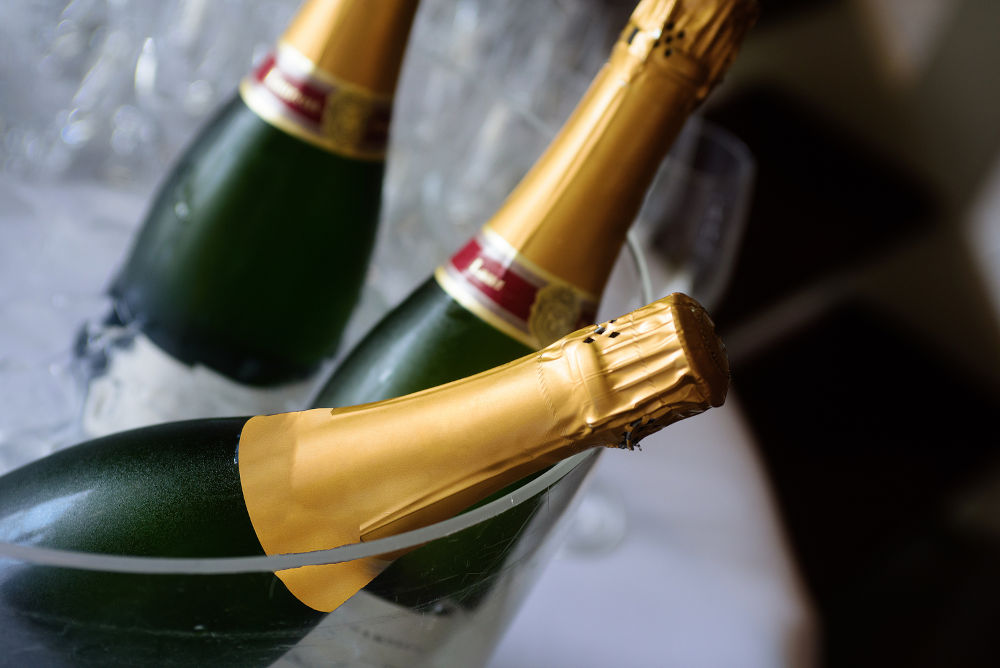
Of course, there is a bit more to it than that. But, to be frank, who cares? You need the lowdown, and the lowdown is an ever-expanding number of premium bubblies, including a fair few made closer to home. Spain, Italy, Kent – they’re all in on it. And with UK fizz winning a plethora of awards, there has never been a better time to give Champagne a night off.
Top alternatives to Champagne
Cava
We’re all familiar with Cava. The only problem is that few of us respect this underrated bastion of Spanish fizz, made in a region that is barely 45 minutes away from Barcelona. However, this is our loss, as Cava is now associated with making some real luxury sparkling wines, in addition to the dross.
Besides, it is hardly the case that all Champagne sings; the region produces its fair share of lacklustre – and overpriced – bubbly. Such an accusation could not be levied at Juve y Camps’s Reserva de la Familia Gran Reserva, an impressive reminder of just how far the category has progressed in 10 years. Centred around a potent blend of Macabeo (Viura in Rioja) Parellada and Xarel-lo, the wine offers stunning value. Does it taste like Champagne? Nope. But then only idiots believe that different is inferior. Personally, I think it is ‘fenomenal’.
Top pick
Juve y Camps’s Reserva de la Familia Gran Reserva, 2017
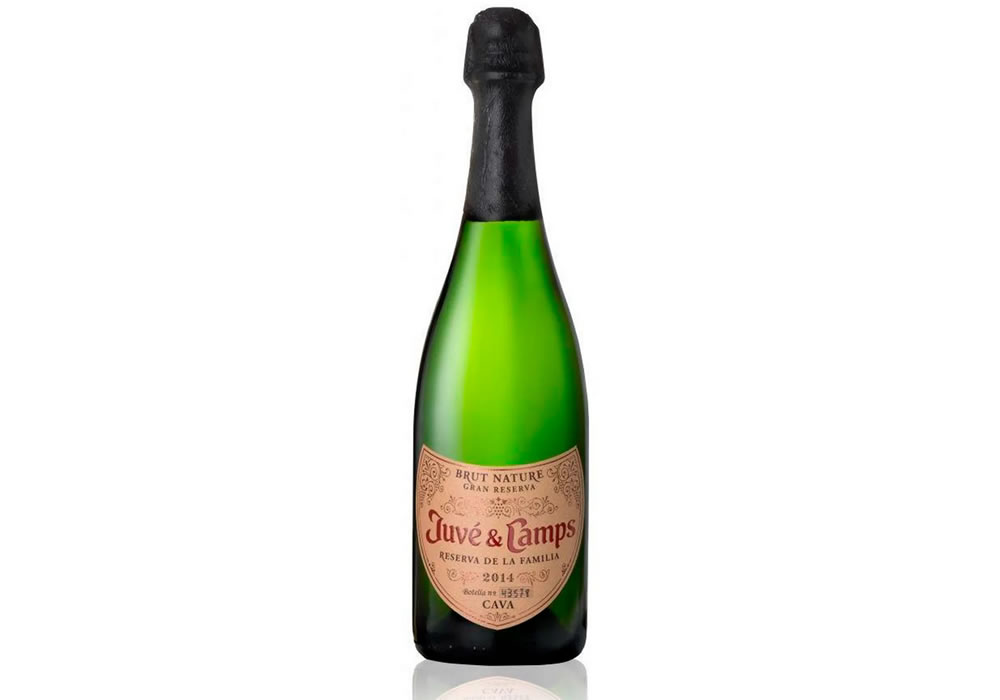
Price: £98 for case of 6
Where to buy: thefinewinecompany.co.uk, vinoseleccion.com
English sparkling
The pace with which the English wine industry has established itself as one of the world’s leading sources of sparkling wine is nothing short of remarkable. What started as a wacky experiment by Felsted and Philton Manor in 1976 has morphed into a vibrant, growing industry – a serious rival to Champagne in quality, if not in volume. It’s all far cry from the general consensus 35 years ago, when homegrown bubbly was derided as ‘tasting of rain’.
Indeed, few believed that English fizz would ever take off in a climate as marginal and inclement as the one we enjoy on this island. Moreover, the naysayers insisted that wine drinkers would never trade across from such an established brand as Champagne. They were wrong.
In recent years, the leading brands have been showered with awards, and Gusbourne Estate in Appeldore, near Ashford, is among them. Founded by South-African investor Andrew Weeber in 2003, Gusbourne only grows the classic Champagne varieties of Chardonnay, Pinot Noir, and Pinot Meunier. The superstar label, at least in my view, is the Blanc de Blancs which offers a refined toasty elegance, a soft, supple mousse and real depth and class. It’s simply an outstanding sparkling wine and more than the equal of Champagnes at twice the cost. Buy it!
Top pick
2018 Gusbourne Blanc de Blancs £65
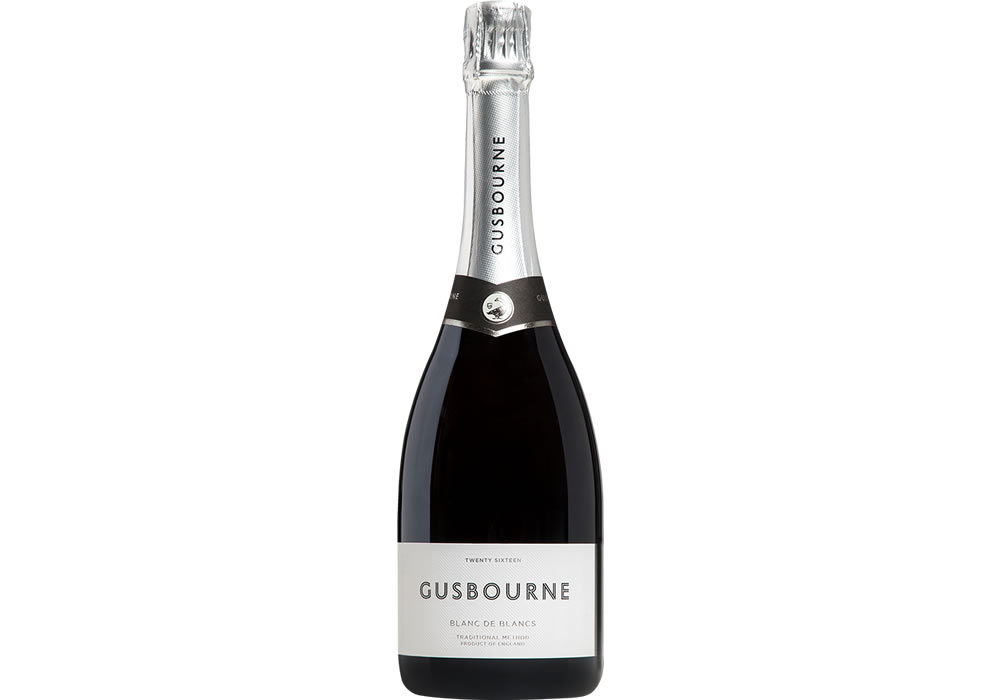
Price: £65
Where to buy: gusbourne.com
Italian frizzante
Much to the chagrin of Italians who reside in the north, their country is seen as a one-trick-sparkling pony. Yes, it’s Prosecco, Prosecco and more Prosecco if you only frequent the supermarket aisles. Yet Italy actually boasts several premium, traditional method fizz styles, including Franciacorta and Trento DOC in Trentino-Alto Adige. The latter has stolen a march with sommeliers, as Trentino’s alpine climate is highly conducive to producing exceptional sparkling wine.
Like the British, Italian growers are generally fixated on emulating the standard Champagne formula, blending Chardonnay and Pinot Noir (occasionally Pinot Blanc too) to spectacular effect. The best Franciacorta, meanwhile, is truly exceptional: an hedonistic concoction of ripe fruit, fresh acidity, and moreish depth. It is made in the province of Brescia, in Lombardy. Again, only traditional method wines can be made under the appellation rules.
Italy’s greatest secret, however, is the small volume of sparkling wines made in the Oltrepò Pavese region of Lombardy. Situated in a very pretty corner of northwest Italy, the Vistarino family have led the movement to popularise these delicious wines to a broader international audience. Having planted their inaugural Pinot Noir vines in 1850, Conte Vistarino now controls over 200 hectares of vineyards.
Their top label, in my opinion, is the 2015 Conte Vistarino 1865. Fresh as a daisy and beautifully complex, it trumps a lot of even middle-tier Champagne.
Top picks
Berlucchi Saten 61 Franciacorta
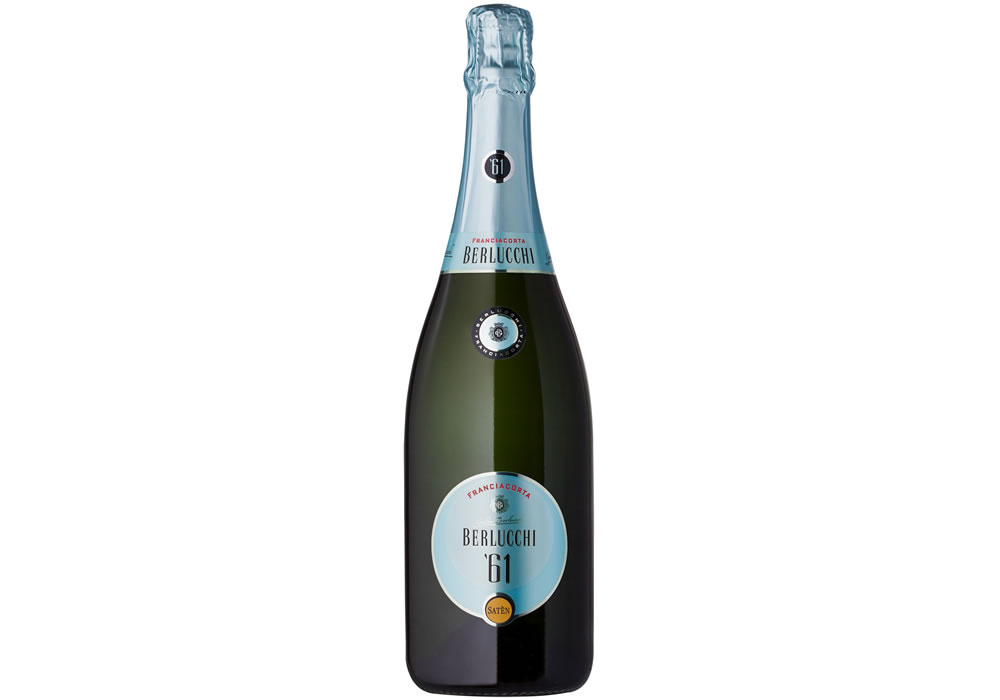
Price: £28.50
Where to buy: callmewine.co.uk
2015 Conte Vistarino 1865
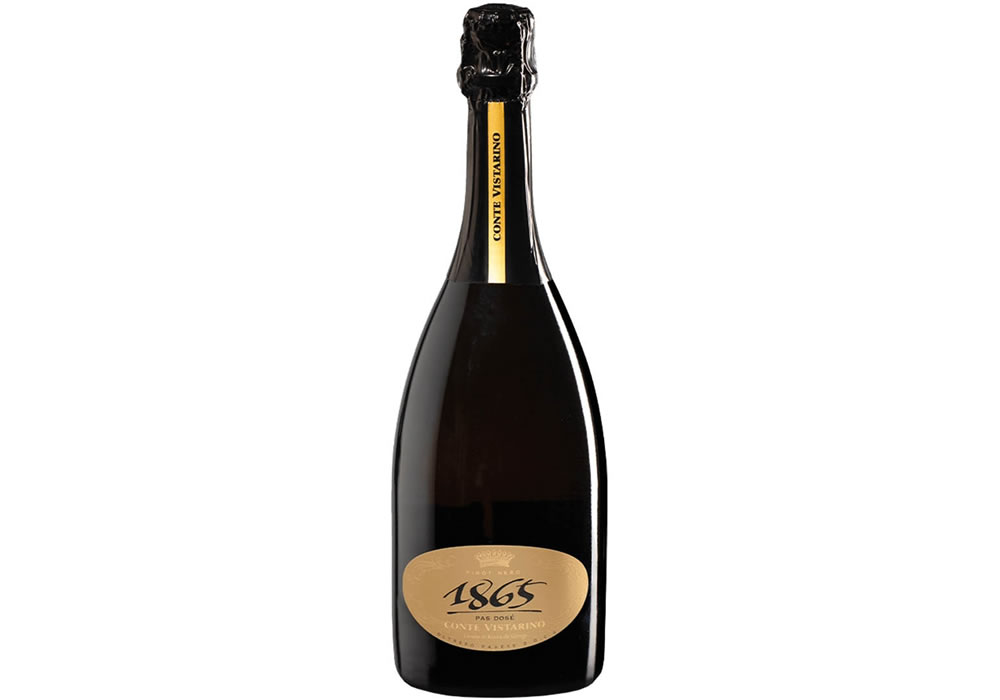
Price: £28.90
Where to buy: orchardwines.co.uk
South African Cap Classique
South African sparkling wine deserves to be far better known. In 1971, Frans Malan produced the first traditional method wine at Simonsig estate, in the Western Cape. Fast forward several decades and the region has welcomed a number of competitors to the fold, including Boschendal, Klein Constantia, and Steenburg. But none is more impressive than Graham Beck.
Although the estate’s erstwhile winemaker, Pieter Ferreira, has since been promoted to the role of chief operating officer, Graham Beck continues to benefit from his unrivalled expertise and passion for fizz. Sourcing fruit from the beautiful region of Robertson in the Cape, Graham Beck produces the New World’s best value, bar none. The vintage Blanc de Blancs can rival Krug in its rich, toasty complexity, and yet the price point is miles apart. The only question is: are British consumers listening?
“There has been an increased focus on the Graham Beck Vintage Selection and sales have indeed increased over the past two years. In UK channels, such as Majestic and the indies, the upwards sales growth trend is encouraging,” said a representative from Graham Beck.
“Our competitive set is indeed the entire sparkling wine category; very few UK drinkers will have heard of Cap Classique. But whereas it is unlikely to become as popular as Cremant/Prosecco, etc, it is our objective to show steady growth and product recognition in our home and export markets – and there is indeed evidence of growing success in this regard.”
To be honest, I hope Graham Beck remains an insider secret. That way, it will maintain its pole position as the greatest fizz for non-millionaires.
Top pick
Graham Beck Blanc de Blancs 2018
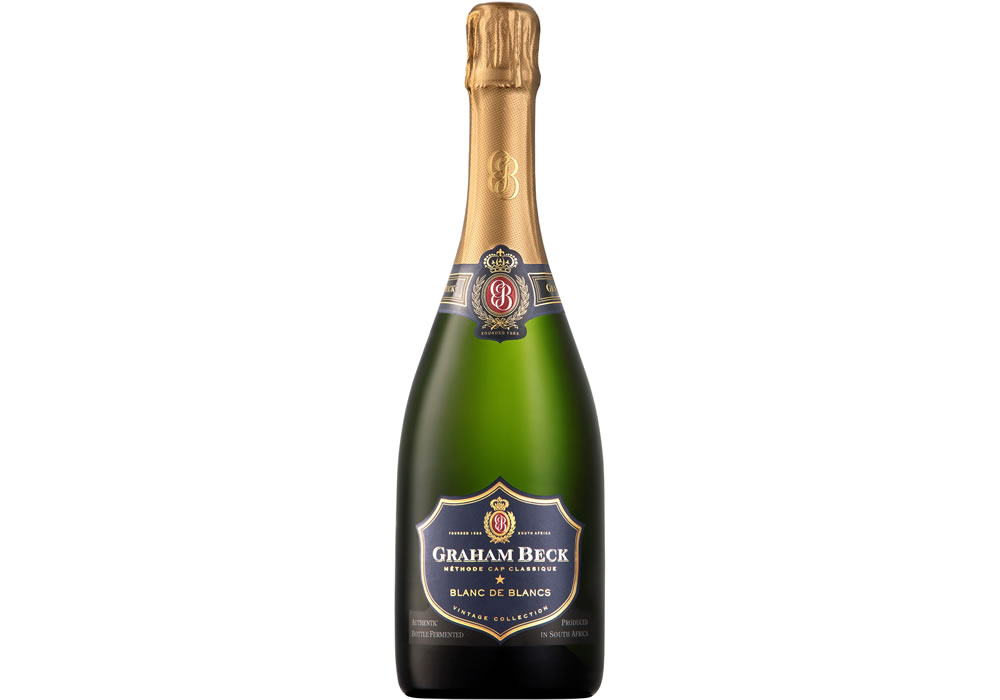
Price: £22.99
Where to buy: majestic.co.uk












